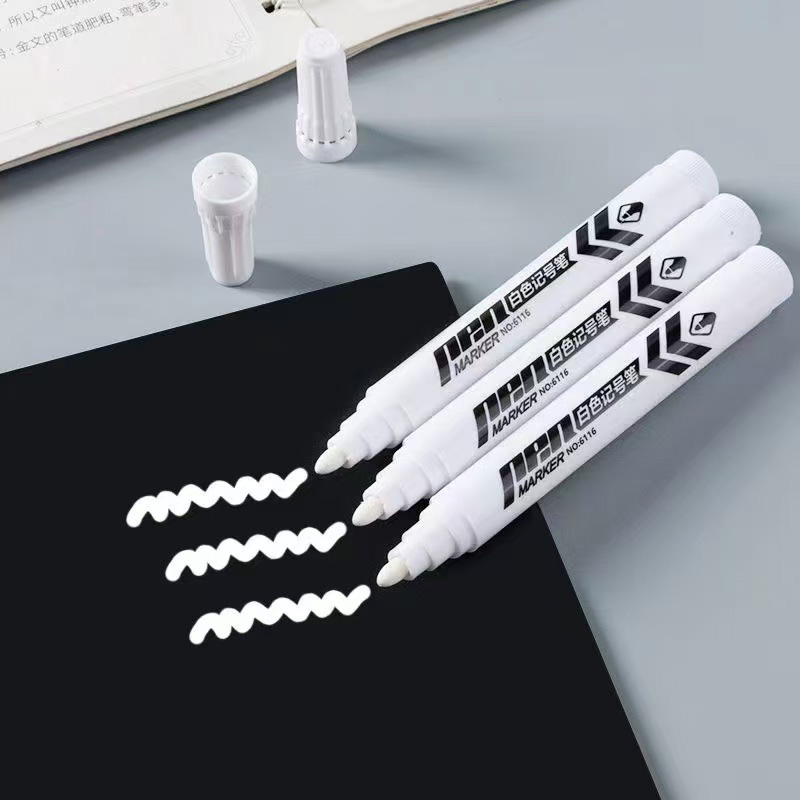Whiteboard markers have become indispensable in educational, corporate, and creative environments, facilitating dynamic communication, brainstorming, and problem-solving. As interactive whiteboards and collaborative workspaces gain traction worldwide, the demand for high-quality whiteboard markers has surged, sparking innovation in ink formulation, design, and sustainability.
The Science Behind Effective Whiteboard Markers
At the core of every whiteboard marker is its specialized ink—formulated to deliver vibrant, consistent lines that enhance visibility and clarity. Unlike permanent markers, whiteboard ink is designed for temporary application, adhering smoothly to non-porous surfaces like melamine, glass, and painted steel without staining.
Modern whiteboard markers utilize a combination of pigments suspended in an alcohol-based solvent, enabling rapid drying and minimal smudging. This formulation ensures users can write confidently, knowing their notes and illustrations will remain sharp until intentionally erased.
Crucially, the ink’s erasability defines its utility. Whether wiped away with a dry eraser, microfiber cloth, or damp rag, whiteboard marker ink removes cleanly without leaving ghost marks or residue. This ease of cleaning is vital in fast-paced settings where content must be frequently updated and shared.
Diverse Applications Across Industries
Whiteboard markers serve a broad spectrum of users, from classrooms and corporate boardrooms to design studios and healthcare facilities.
Education: Teachers rely on whiteboard markers to make lessons engaging and interactive. The ability to use multiple colors helps emphasize key points, organize information visually, and cater to different learning styles. Schools increasingly adopt whiteboards over traditional chalkboards, creating a cleaner, dust-free environment that benefits both students and educators.
Business: In offices, whiteboard markers facilitate brainstorming sessions, project planning, and presentations. Color-coded writing enhances comprehension and helps teams visualize workflows and timelines. Agile teams use whiteboards extensively for sprint planning and retrospective meetings, making reliable markers a cornerstone of collaborative productivity.
Creative Fields: Artists and designers use whiteboard markers to sketch concepts quickly and iterate on ideas in real time. The markers’ versatility supports both freehand drawing and detailed annotations on whiteboards and glass surfaces.
Healthcare and Science: Hospitals and laboratories employ whiteboard markers to display schedules, patient information, and research notes, benefiting from the markers’ clean removability and visibility.

Innovations Driving Market Growth
The whiteboard marker industry is evolving rapidly, responding to user demands for performance, sustainability, and safety.
Low-Odor and Non-Toxic Formulations: Traditional whiteboard markers often emitted strong odors due to solvents like xylene or toluene, which could cause discomfort in confined spaces. Today’s markers feature low-odor, non-toxic inks that are safer for classrooms and offices, aligning with stricter health and safety standards.
Enhanced Tip Designs: Manufacturers are innovating with tip materials and shapes—such as chisel, bullet, and fine-point nibs—to cater to different writing styles and applications. Durable tips resist fraying and maintain consistent ink flow, extending marker lifespan.
Eco-Friendly Initiatives: Sustainability is a major trend influencing the market. Brands are introducing refillable markers, using recycled plastics, and developing biodegradable components to reduce environmental impact. Some companies offer marker recycling programs to encourage responsible disposal.
Smart Markers and Digital Integration: The advent of digital whiteboards and hybrid workspaces has inspired the creation of “smart” whiteboard markers equipped with sensors that digitize handwriting in real time. These markers enable seamless transfer of handwritten notes to digital platforms, enhancing collaboration in remote and in-person settings.
Market Outlook and Consumer Preferences
According to a 2025 report by Global Office Supplies Analytics, the whiteboard marker market is projected to grow at a CAGR of 4.5% through 2030. Growth is driven by increased adoption of interactive whiteboards in education and business, as well as rising awareness of sustainable stationery products.
Consumers prioritize markers that offer rich, fade-resistant colors and reliable ink flow. Multi-color sets remain popular, as they support diverse communication needs. Convenience features like quick-dry ink and ergonomic barrel designs also influence purchasing decisions.
In addition, customization is gaining momentum—schools and corporations are seeking branded markers for identity reinforcement and promotional use.